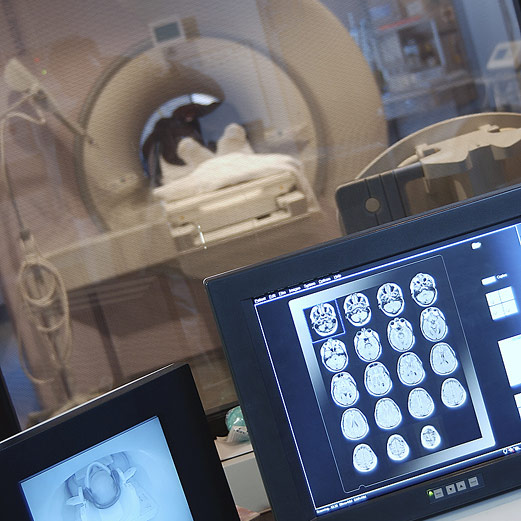
Here are some of the latest health and medical news developments, compiled by the editors of HealthDay:
Lower U.S. Birth Rate May Be Linked To Recession
The recession may be the reason why the U.S. birth rate declined for a second year in a row in 2009 and was the lowest in a century, according to experts.
There were 4,136,000 births in 2009, 2.7 percent less than the 4,251,095 births in 2008. There were more than 4.3 million births in 2007, more than any other year in the nation’s history, the Associated Press reported.
The data released Friday by the National Center for Health Statistics also showed that the birth rate in 2009 was 13.5 births for every 1,000 people, compared with 14.3 in 2007. The health statistics center is part of the Centers for Disease Control and Prevention.
The 2009 drop in births is “a good-sized decline for one year. Every month is showing a decline from the year before,” Stephanie Ventura, the demographer who supervised the report, told the AP.
“There is quite possibly a connection between the decline in births and the economic downturn,” says the CDC. “More details on the demographics of mothers who gave birth in 2009 are needed to more strongly make this connection.”
—–
Narcolepsy, Swine Flu Vaccine Link Under Investigation
A possible connection between GlaxoSmithKline’s Pandemrix swine flu vaccine and narcolepsy is being investigated by the European Medicines Agency. Narcolepsy is a condition in which a person suddenly falls asleep.
Reports of narcolepsy in people who received the vaccine have been reported in France, Finland and Sweden, the Associated Press reported.
It’s not known if the vaccine caused narcolepsy or if people just happened to develop the condition after being vaccinated, the agency said.
Since the agency approved Pandemrix in September 2009, about 30 million Europeans have been given the vaccine, the AP reported.
GlaxoSmithKline said it’s aware of the reported narcolepsy cases and is conducting its own investigation.
—–
Typhoid Fears Spur Recall of Frozen Mamey Fruit Bars
Concerns about typhoid fever have prompted the recall of frozen mamey fruit bars made by Fruiti Pops Inc. of Santa Fe Springs, Calif.
The company said the frozen fruit bars were made with contaminated mamey pulp that was recalled Aug. 12 by Goya Foods Inc after being linked to a typhoid fever outbreak in California and Nevada, the Associated Press reported.
There have not been any reported illnesses associated with the frozen fruit bars, which have the UPC number 763734000097 and were distributed in California, Arizona and Texas since May 2009.
The bars were sold in retail stores, vending machines and ice cream trucks, the AP reported.
Mamey, also called zapote, is a fruit that’s popular in Latin America and the Caribbean.
—–
Two Superbug Gene Cases Reported In Austria
Two cases of patients with a superbug gene have been reported by Austrian health officials.
The gene NDM-1, which enables bacteria to transform into a superbug, was detected in two people believed to have been infected in hospitals in other countries, the Associated Press reported.
The superbug gene was identified in the patients by experts at the medical university center in the southern city of Graz. One patient from Pakistan was released last year after successful treatment while the other patient, from Kosovo, remains under medical supervision.
NDM-1 alters bacteria in a way that makes them resistant to nearly all known antibiotics, according to scientists, the AP reported.
—–
First U.S. Face Transplant Patient Doing Well After Final Surgery
After undergoing nearly 30 surgeries, the United States’ first face transplant patient is happy and says she can now smile.
Connie Culp’s face was devastated by a shotgun blast in 2004 and she underwent face transplant surgery on Dec. 10, 2008. Since then she’s had a number of follow-up procedures.
The latest and final surgery was conducted in mid-July at the Cleveland Clinic, ABC News reported. For four hours, a team of five surgeons worked to tighten Culp’s face and remove extra flaps of skin that remained on her chin and cheeks after her face transplant.
Culp has made remarkable progress since the 2008 operation, including the regrowth of facial nerves that enable her to speak more clearly and smile.
She’ll have to take anti-rejection drugs daily and undergo regular biopsies to monitor her transplant, but her doctors say Culp should be able to lead a normal life, ABC News reported.
—–

